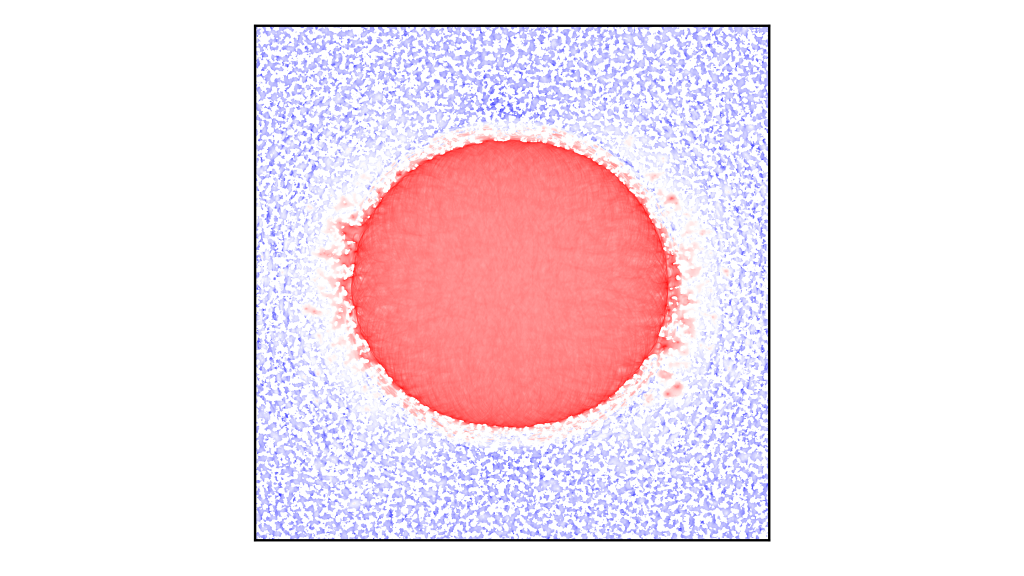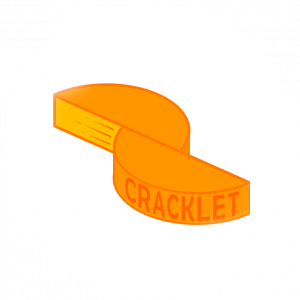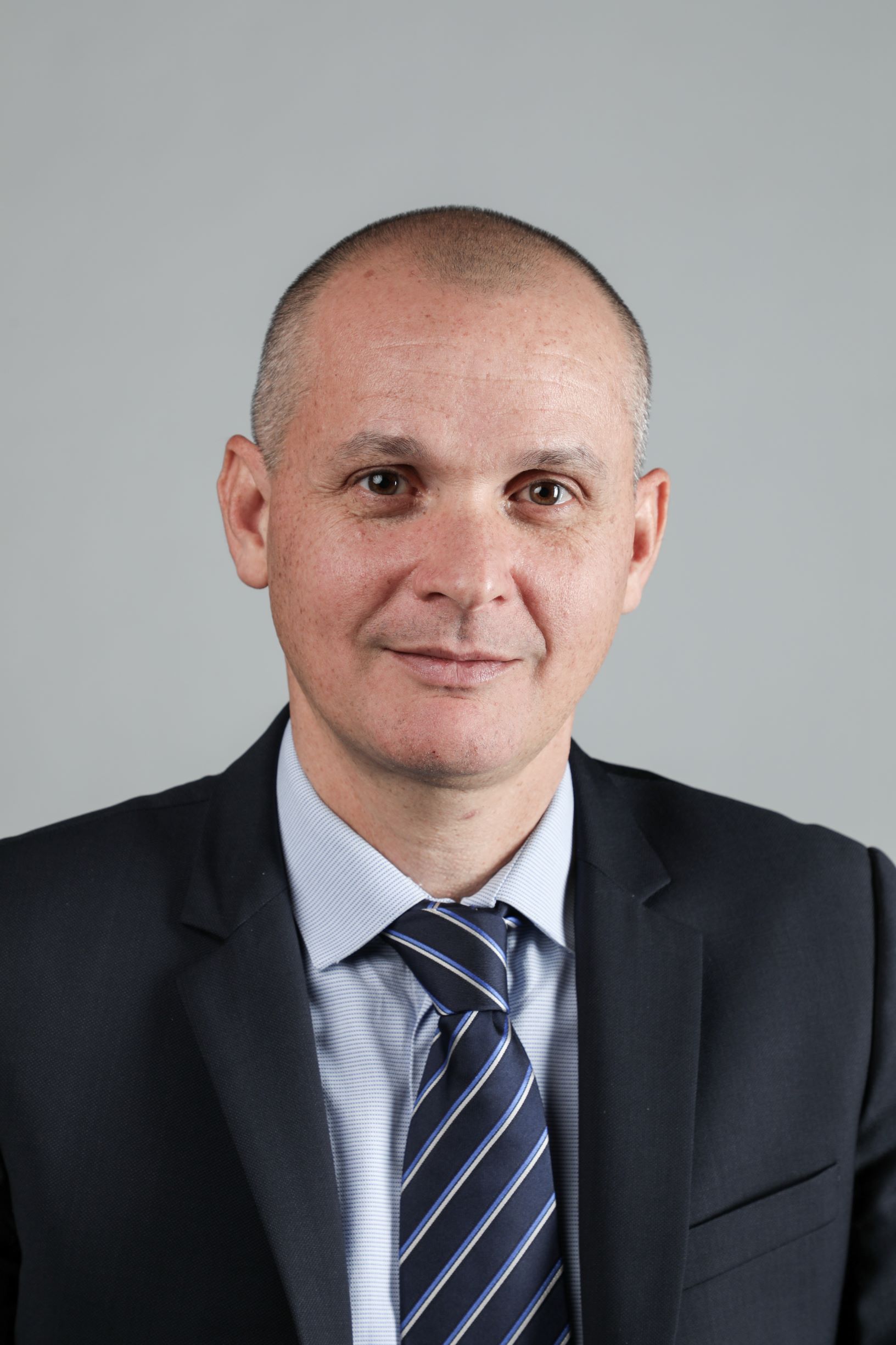

An open-source library to simulate the behavior of an interface bounded between two semi-infinite bodies.
What?
cRacklet is a C++ boundary integral library with a python interface, based on a spectral formulation of the dynamic wave equations in two semi-infinite linearly elastic solids. Its implementation is specially tailored for the modeling of dynamic crack/rupture propagation along a planar interface bonding the two half-spaces. The main benefit of this spectral method is a numerical discretization limited to the mid-plane, thereby providing a very fine description of the dynamic rupture processes, unattainable with finite-element or finite-difference schemes. cRacklet is available under the GPL license.
Why Open?
For our laboratory (Computational Solid Mechanics Laboratory, LSMS), the Open-Source philosophy is a necessary part of a scientific software project. The collaborative development allows enforcing a critical view both in terms of implementation and usability. Publicly available open-Source software is indissociable from reproducibility, which is mandatory for good research practice. Giving back to the scientific community the outcome of a project funded by public institutions (FNS, EPFL) is also a strong statement on how we believe public research should be conducted. In addition, we believe that collaboration around Open-Source software can help build a stronger scientific community, by fostering interactions between researchers around the world.
Who benefits?
cRacklet is aimed at researchers interested in interfacial dynamics, ranging from nucleation problems to dynamic propagation of rupture fronts. cRacklet is efficient, accessible, and suited to study a broad class of problems (fracture and friction). Compared to similar software, cRacklet is particularly easy to use thanks to its python interface and its online tutorials. cRacklet is already used outside Switzerland, in Norway (University of Oslo), in the United States of America (University of Illinois at Urbana-Champaign), and in Israel (Weizmann Institute of Science).
How?
Collaborators
Other contributors: Fabian Barras, Philippe H Geubelle, ENAC-IT4R (David Tang)
